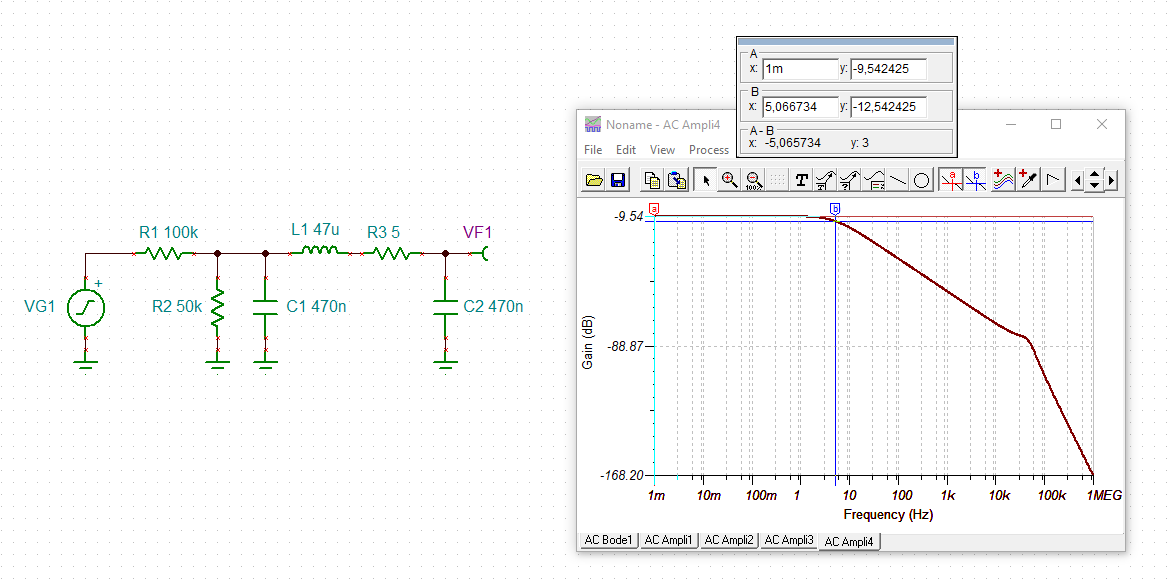Other Parts Discussed in Thread: OPA187, OPA192, OPA196, OPA197
I have used the OPA191 in our designs with very good results. Due to world wide shortages, I am looking at using the OPA187 as a replacement. Other than the slew rate, what are the major differences between these two precision op amp? The application is a unity gain buffer (OPA191) of a slow moving signal that feeds an isolation amplifier with differential output that feeds a differential to single ended conversion circuit (OPA191). Sorry for the bad image. The front end has a 60-75KHz low pass filter and an 80Hz low pass filter on the diff to single ended converter on last stage, right side of circuit. Your feedback is greatly appreciated.



